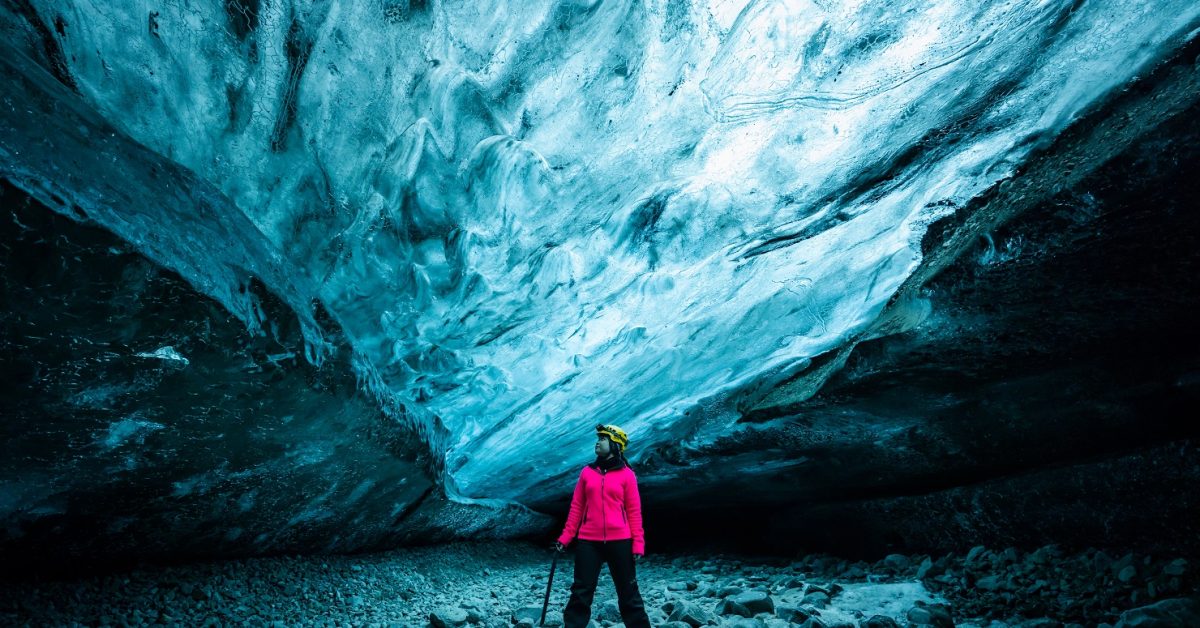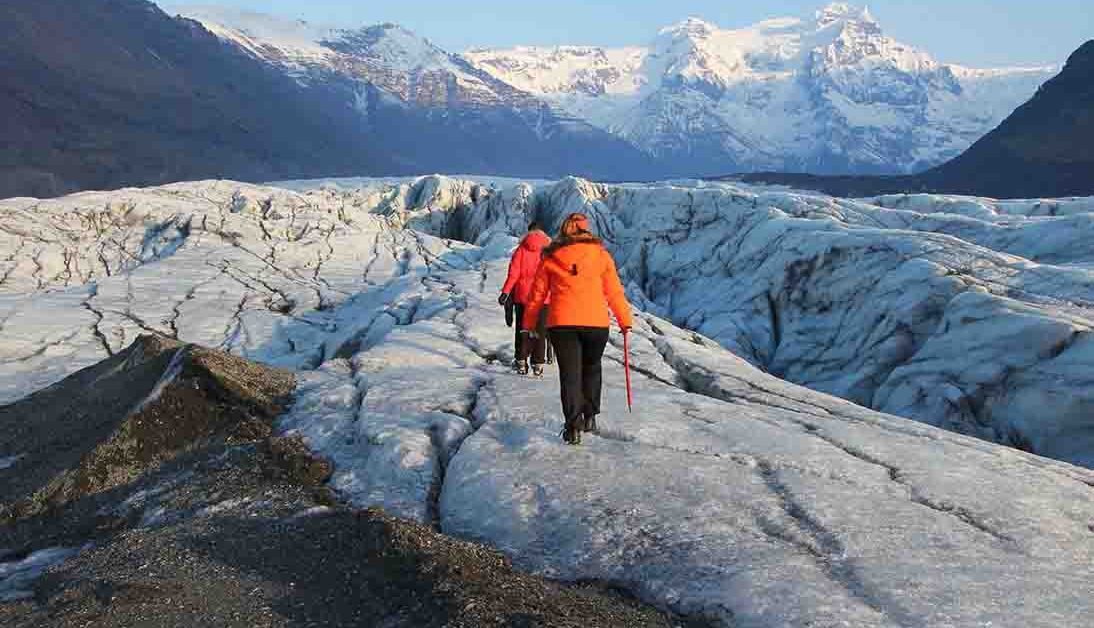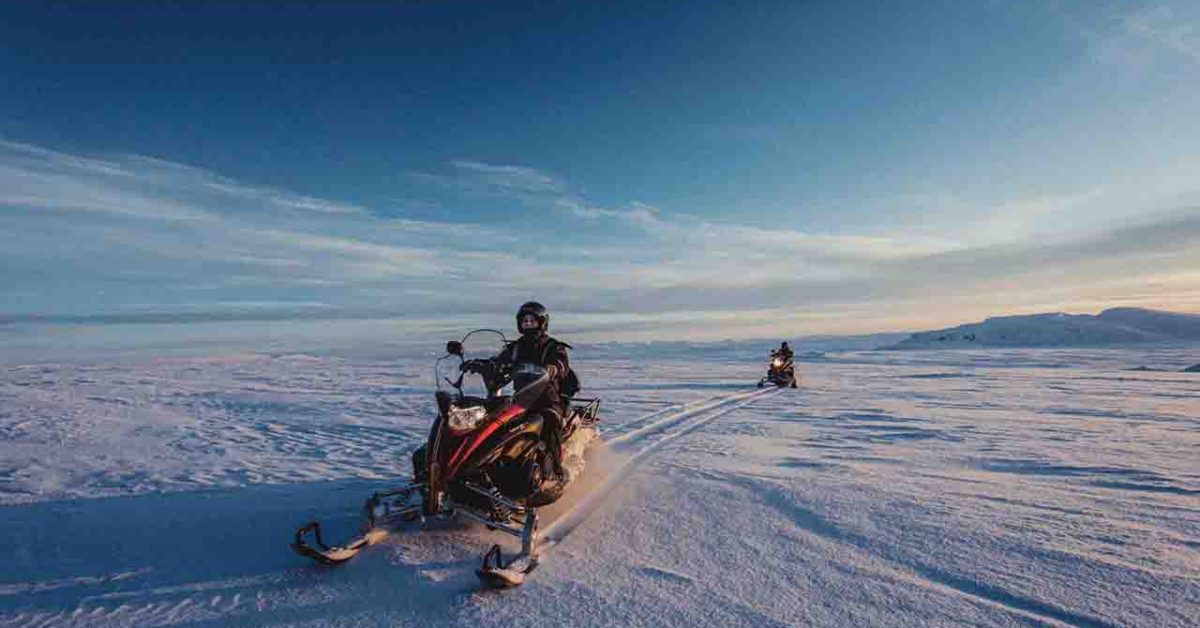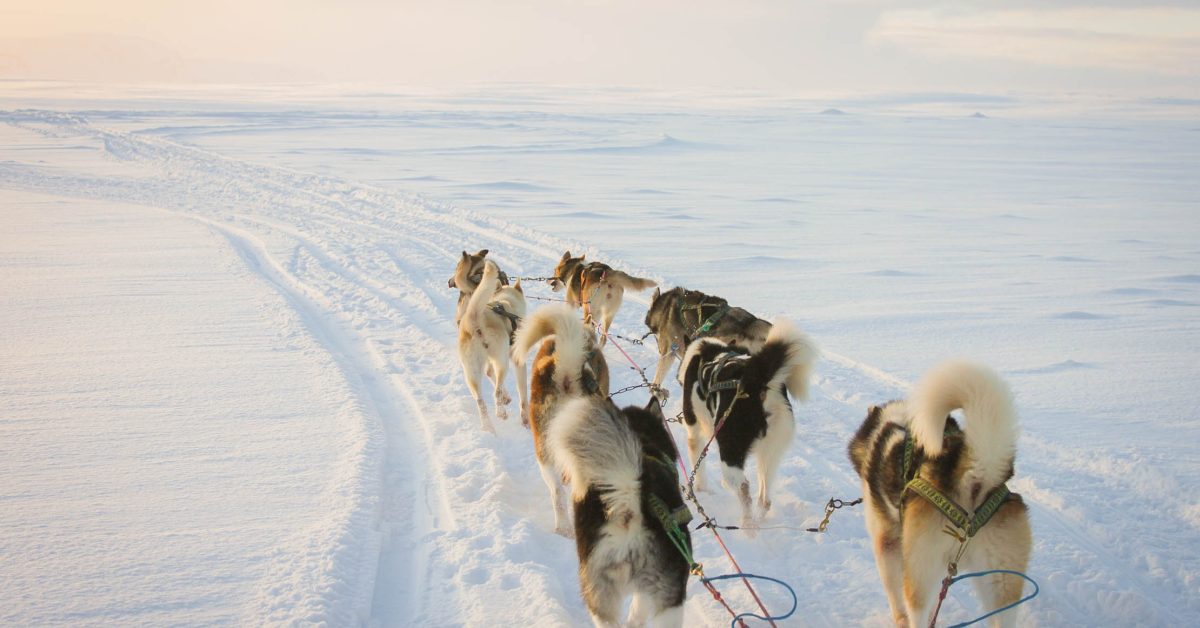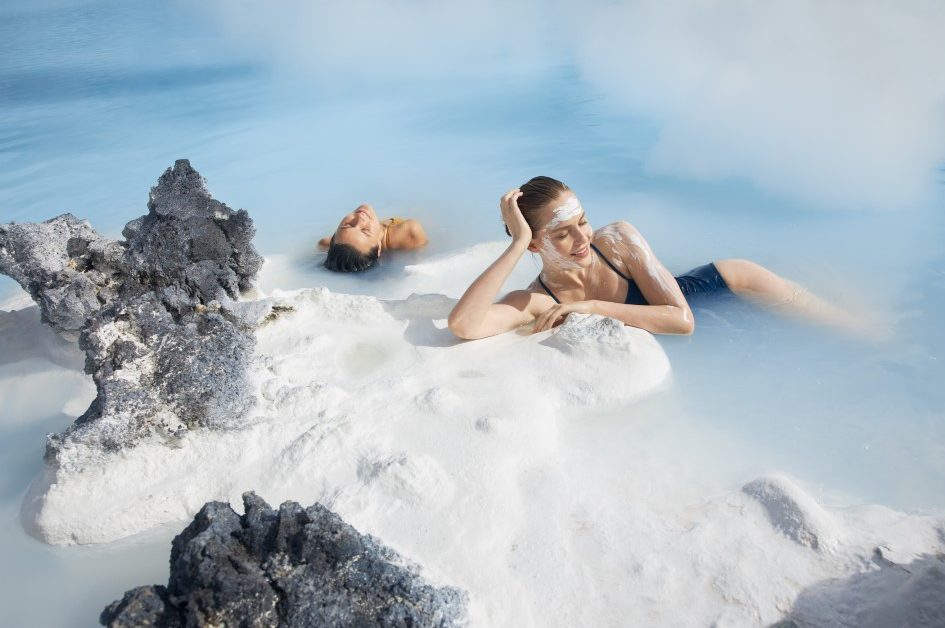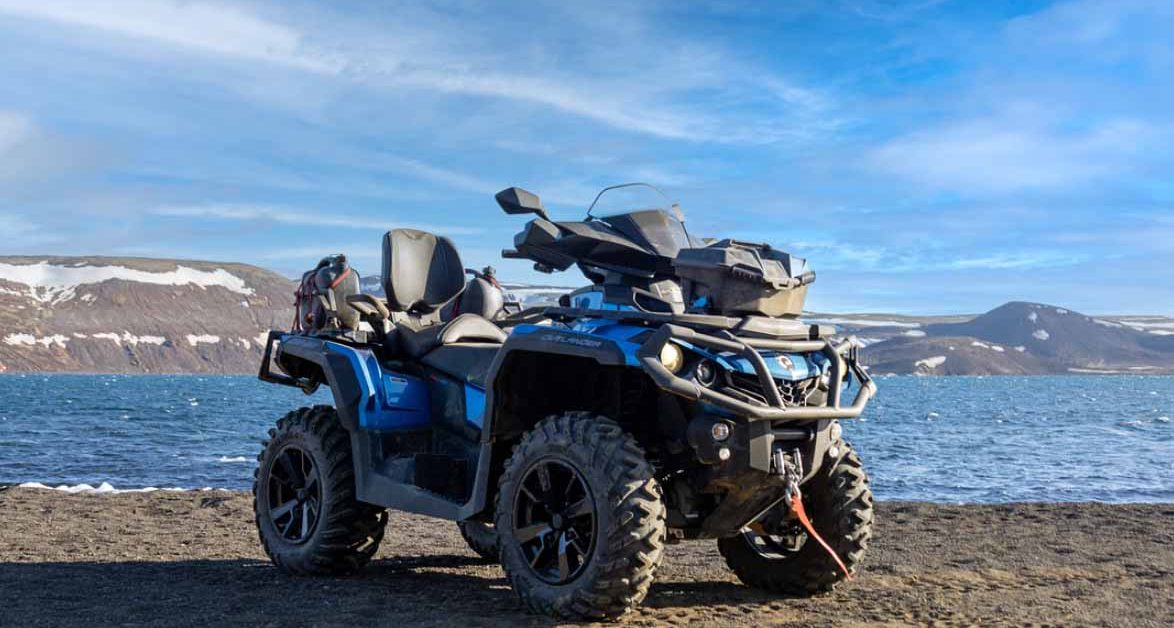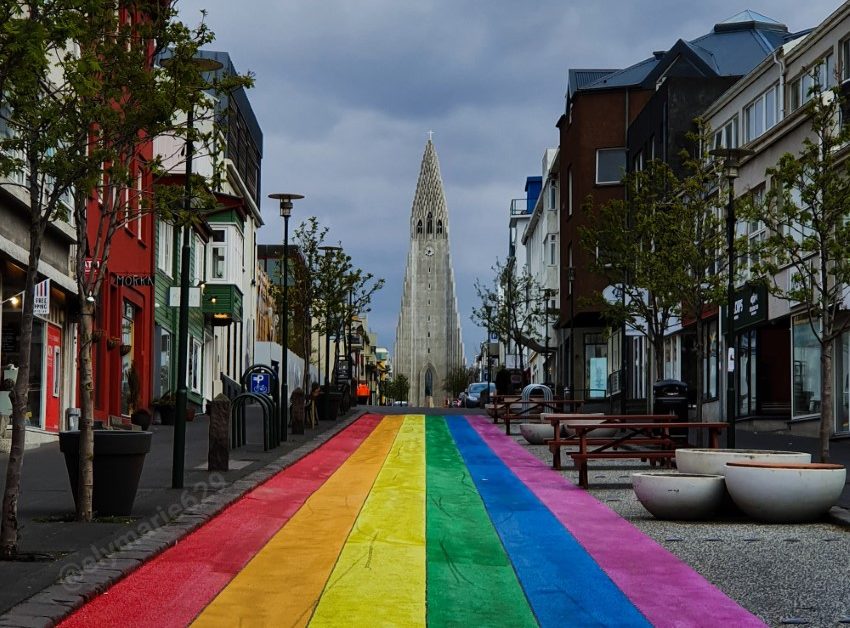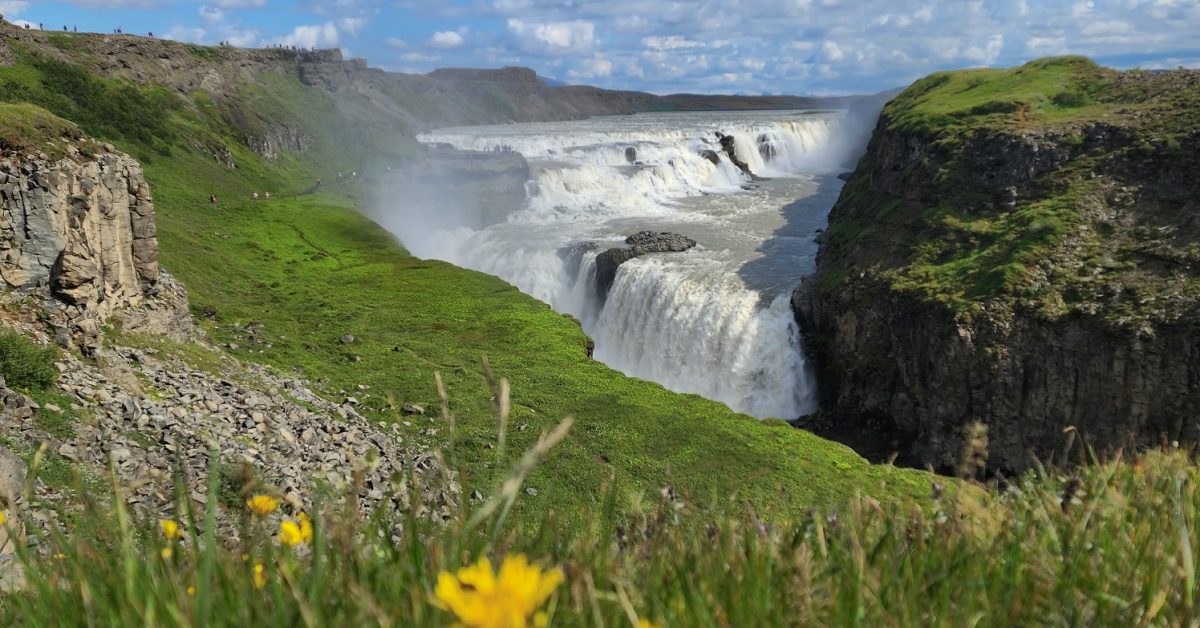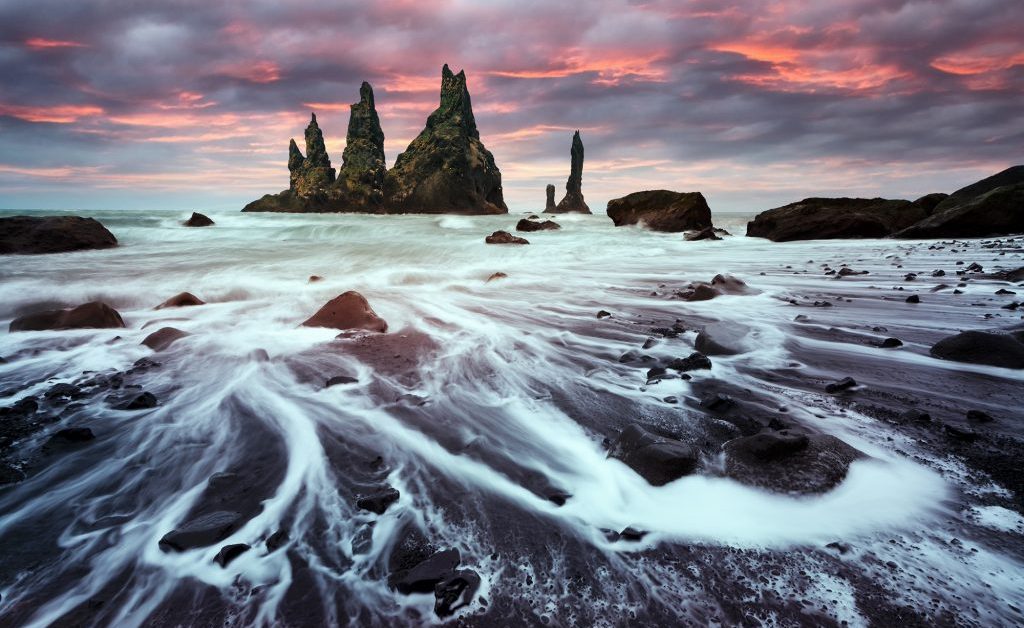Why you should visit Iceland during winter?
In some of my past blogs, I talked about the safety of travelling in Iceland or the best way to travel in Iceland during winter. I said that travelling within Iceland during winter can be a little tricky.
The changing and sometimes dangerous weather can determine whether you can replan your trip anytime.
However, suppose you like challenges and think you are prepared to handle unexpected situations. In that case, bad weather or road conditions won’t stop you from having a memorable trip to Iceland.
Another aspect to keep in mind about Icelandic winter is the darkness, or in other words, the fewer daylight hours. Starting with September, the day becomes shorter and shorter, reaching about 4 hours of daylight during December and even 2 hours and 40 minutes on the shortest day of the year.
There is a difference from the North to the South of Iceland, in Akureyri, being about 3 hours and 7 minutes of daylight during winter and about 4 hours and 8 minutes in Reykjavik.
This thing may be a good thing if you are a photographer because you will have that golden hour light for many hours.
If the cold, the dark and the changing weather do not bother you at all, then winter can be the best period to visit Iceland. Let’s talk in this blog about some positive things about travelling in Iceland during winter.
It is budget-friendly
Travelling to Iceland during winter will not cost you that much compared with travelling during the summer season. Because of the moody weather, the darkness, and because many activities are not available during winter, fewer people are visiting Iceland this time.
Hence, there are lower prices for accommodation or car rentals.

It is less crowded
Not all people like cold weather, and not many want to do winter activities, which is visible in the number of people visiting Iceland during winter.
Winter is the low season here in Iceland, so if you travel in the cold season, you might have some famous places all for yourself.
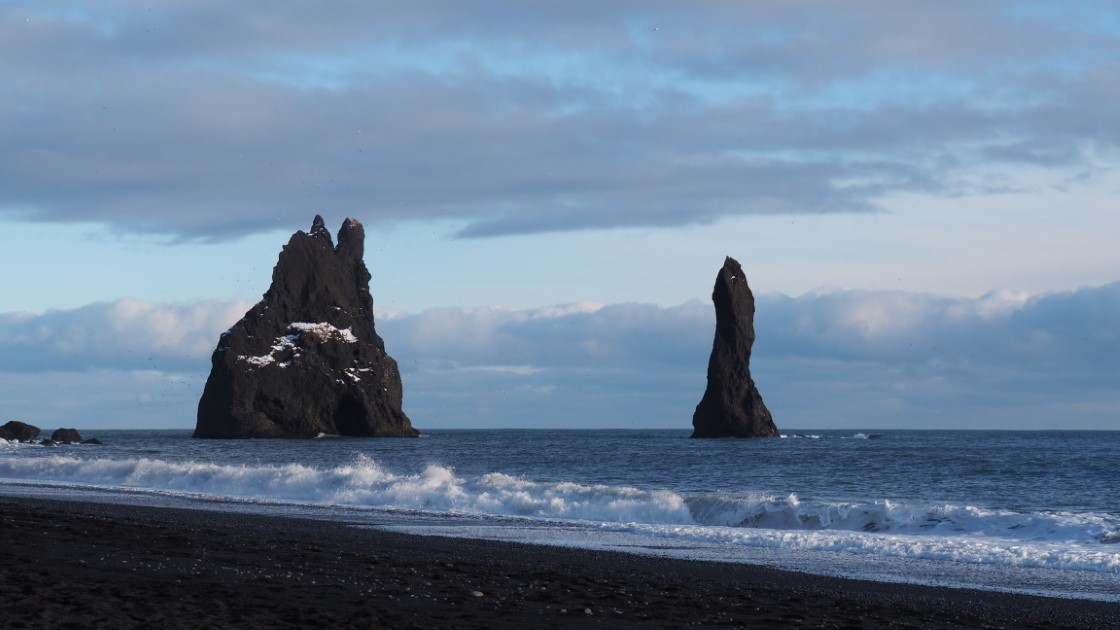
It is not so cold
Let’s clarify this aspect. Do not expect tropical temperatures When saying it is not so cold. On the other hand, do not expect polar temperatures either.
The only moments when the temperatures are far below zero are when there are snowstorms or strong wind. Most of the time, temperatures during winter are around 0 degrees Celsius, but you will still need three layers of clothes to keep you warm.
You can check our blog about what to wear in Iceland during winter.
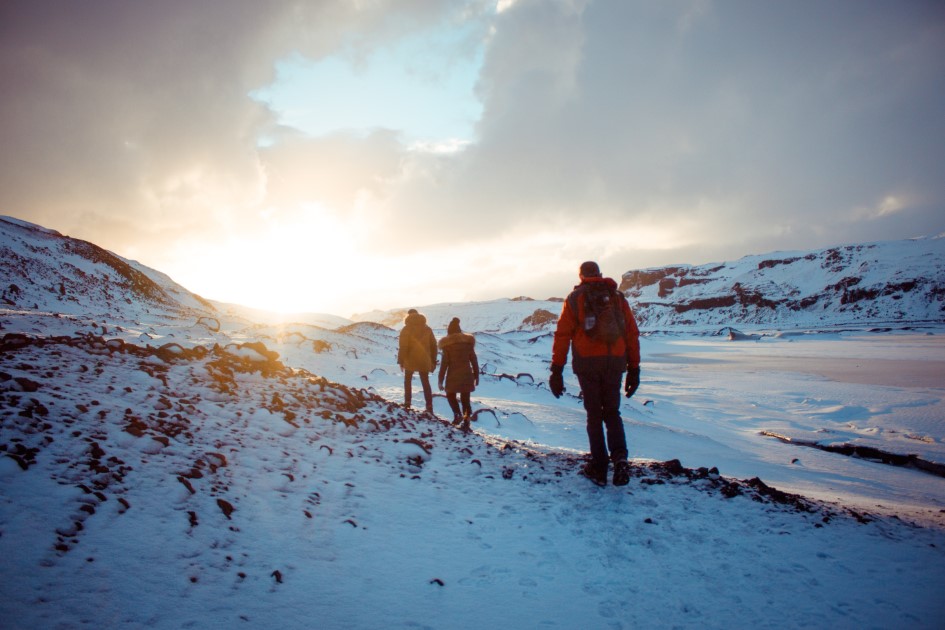
Golden hour light
As I already mentioned, the golden hour light lasts longer than usual in winter. With only 4 hours of daylight, we can say that as soon as the sun rises, it prepares for setting, so the golden hour of the sunrise will continue and transform into the golden hour of the sunset.
I can also add that winter sunrises and sunsets are some of the most beautiful and colourful.
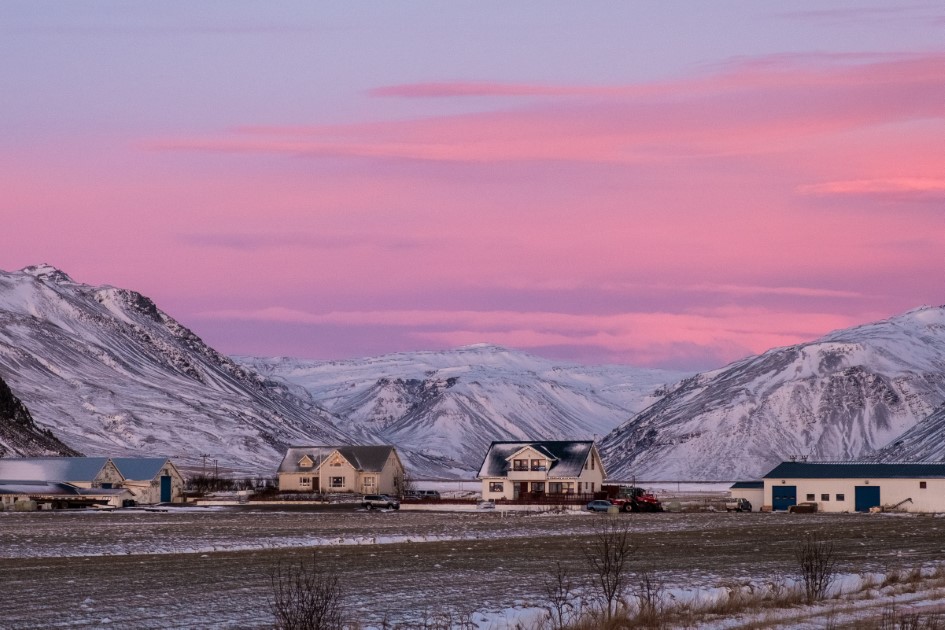
Hot tubs and geothermal baths
Bathing in geothermal pools or hot springs is a part of Iceland’s identity. It is a Viking tradition that nowadays is a way of living. Geothermal baths and hot springs are available all year round, but during winter, they feel better.
After exploring Iceland in the cold, you can warm up and relax your body and mind in a geothermal pool or hot spring. Check out our blogs about Iceland’s best geothermal pools and hot springs.
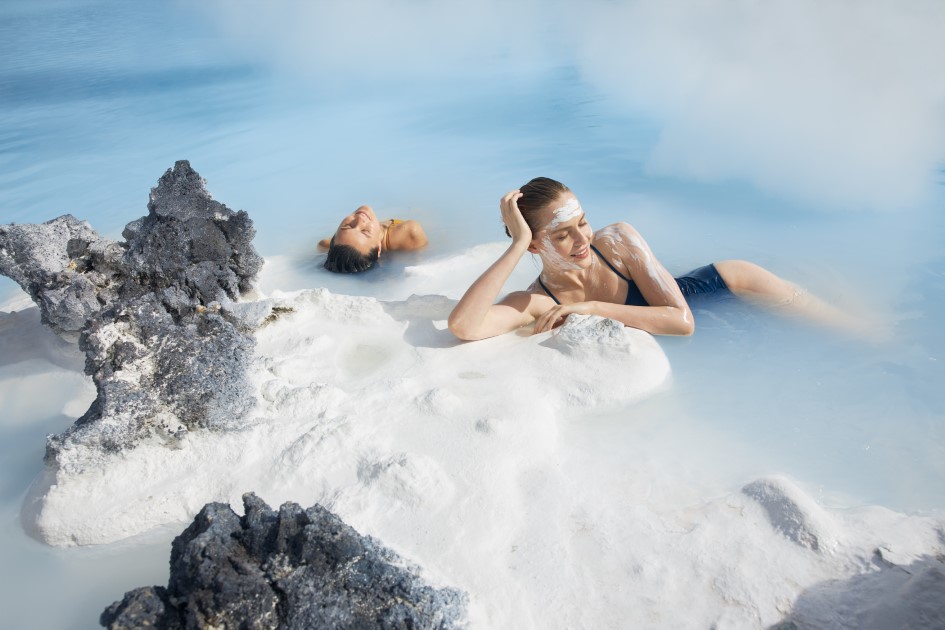
Also, geothermal pools are trendy amongst both Icelanders and tourists and at this time of the year, you will find fewer people there.
If you are lucky, you can witness the northern lights while relaxing in a hot tub, geothermal pool or hot spring.
The Northern Lights
Winter is when you can see the Northern Lights (Aurora Borealis). The best time to see the Northern Lights is from 8 pm until midnight.
The conditions for the Northern Lights to be visible include clear sky, darkness, solar activity, and the correct location. Check the weather conditions on Vedur.is.
If all those conditions are met, you have a higher chance to see the Northern Lights during your trip.
Check our guide for Aurora/Northern Lights Hunting.
It would be best if you remembered that the Northern Lights are a natural phenomenon, and no one can guarantee that you will be able to see them during your trip.
So, to avoid being disappointed by not seeing them, you should not make the Northern Lights the main reason to travel to Iceland during winter. You can do many other unique activities there; let the Northern Lights be a beautiful bonus for your trip.
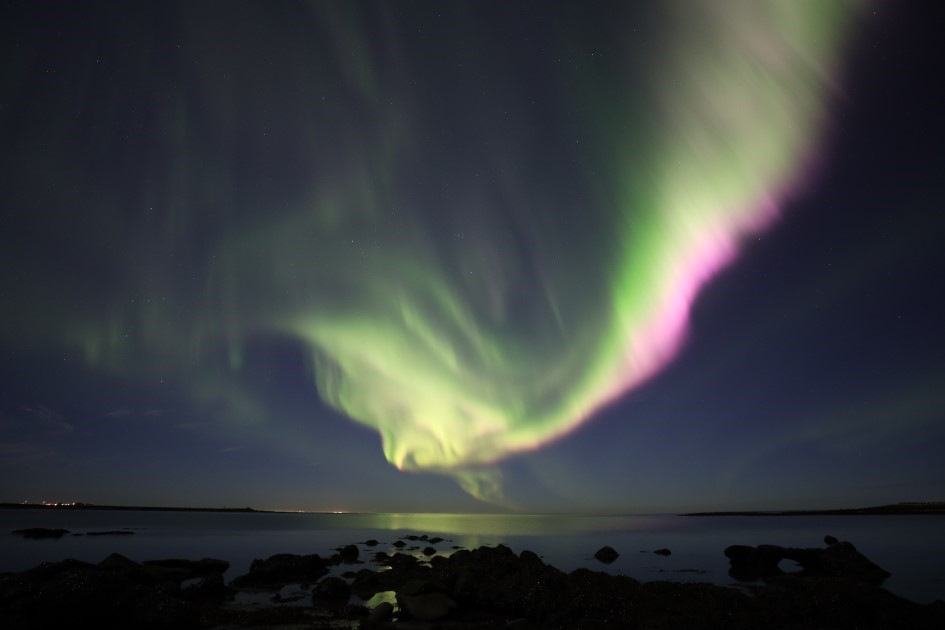
Blue Ice Cave
If you want to explore the inside of a glacier, Iceland is the perfect place. The largest glacier in Europe is in Iceland and is called Vatnajökull.
The glacier covers about 8% of Iceland’s surface; it has over 30 outlet glaciers and an Ice Cave that can be explored during winter.
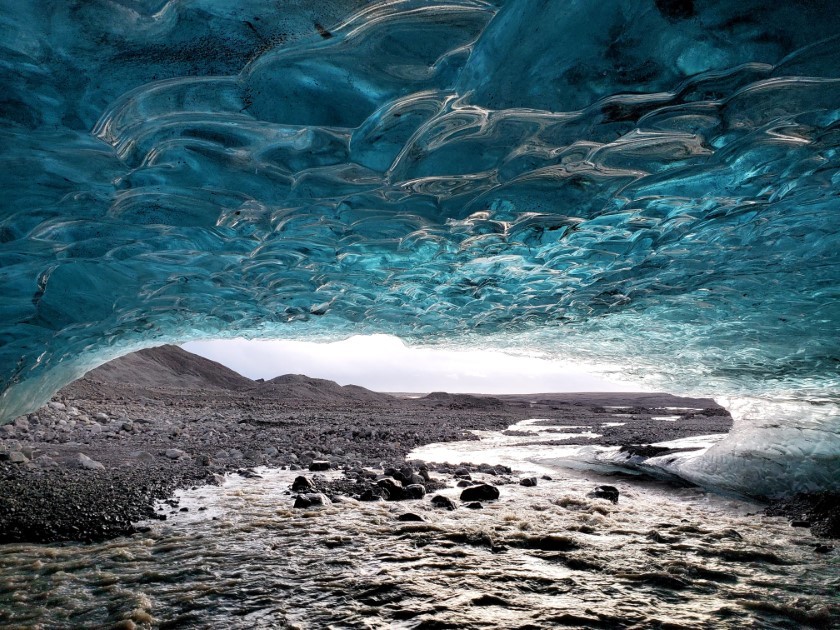
Exploring an Ice Cave is unique, and here in Iceland, this is possible only during the winter season. So here is a plus for visiting Iceland during winter.
Check out our blog, where you will find everything you need to know about the Blue Ice Cave.
Depending on what you want to see and do in Iceland, you will find the best time to visit this fantastic country each season.














